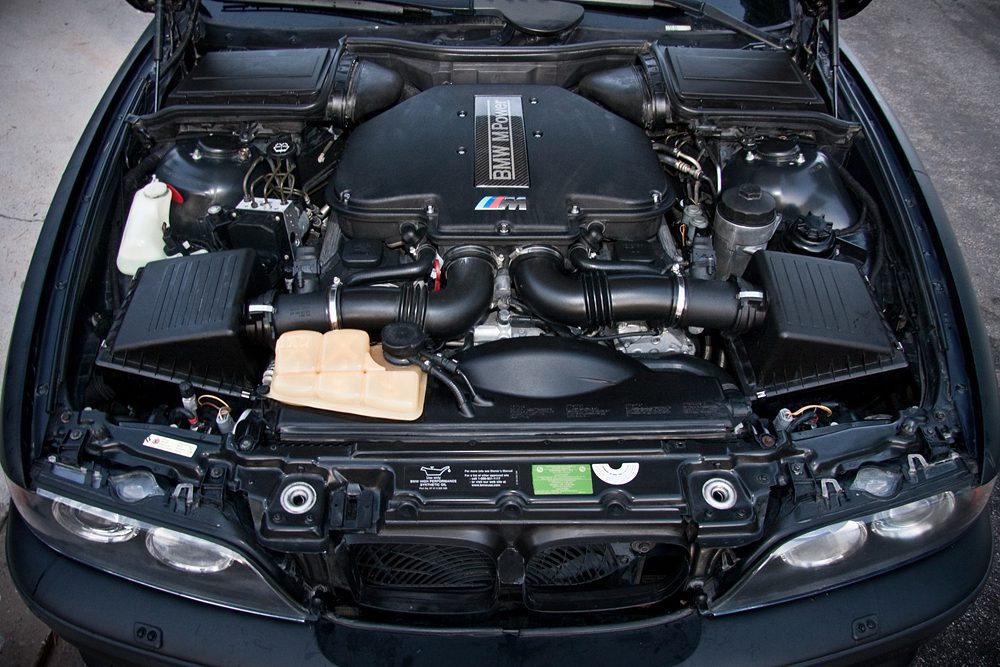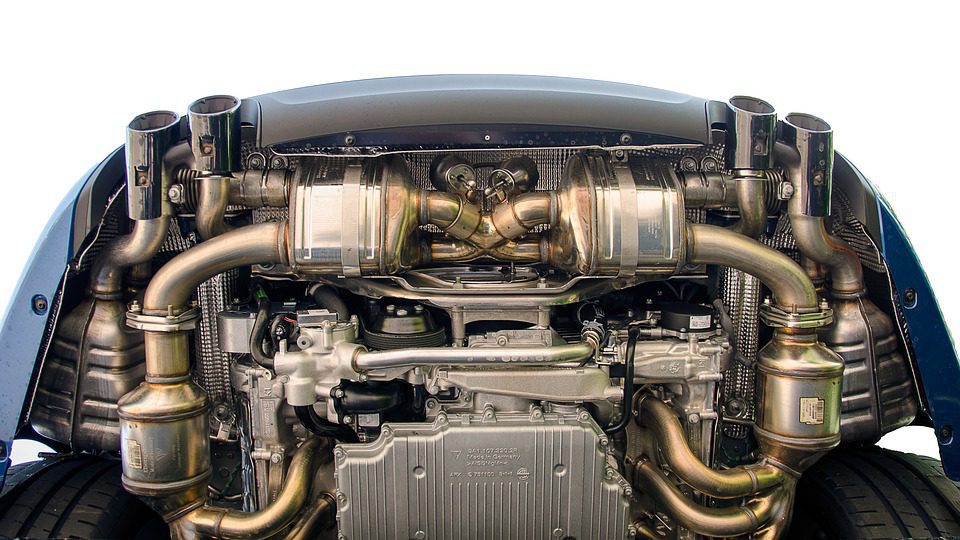Opel Corsa Engine: Top Tips for Maintenance and Care
Opel Corsa Engine: Top Tips for Maintenance and Care
Blog Article
Checking Out the Inner Operation of a Compact Car's Engine System
As drivers, we often consider approved the complex procedures that take place within the boundaries of our automobile's engine system. The small yet complex equipment that drives us ahead is a wonder of engineering accuracy and sychronisation. From the regulated explosions in the combustion chamber to the thorough timing of fuel shot, every element plays an essential duty in the smooth operation of the engine. In this expedition of a portable lorry's engine system, we will untangle the internal functions of this mechanical harmony, clarifying the enigmas that drive us forward on our daily trips.
Burning Refine Overview
The combustion procedure in a portable vehicle's engine system is a vital device that successfully converts fuel into energy to power the automobile. This procedure takes place within the burning chamber of the engine, where fuel and air mix, ignite, and create controlled explosions. The burning procedure includes four main stages: intake, compression, power, and exhaust.
During the consumption stage, the piston relocates downward, attracting a blend of air and fuel right into the combustion chamber. The following stage, compression, entails the piston moving upwards, compressing the air-fuel blend to boost its effectiveness. Subsequently, in the power phase, the trigger plug fires up the pressed mix, resulting in a quick growth of gases that compels the piston pull back. This downward movement generates the power needed to drive the car. Ultimately, in the exhaust phase, the burned gases are gotten rid of from the burning chamber through the exhaust valve, preparing the chamber for the following cycle. This cyclic burning procedure is fundamental to the procedure of a compact vehicle's engine system, ensuring reliable power conversion for propulsion.
Piston and Cyndrical Tube Communication

The piston's precise fit within the cylinder is essential for maintaining optimum compression and protecting against power loss throughout burning. Limited clearances in between the piston and cyndrical tube walls guarantee efficient sealing, allowing the piston to move smoothly without allowing gases to leak past. Proper lubrication is also essential to lower friction and wear between these components, boosting long life and efficiency.
Additionally, the layout and products utilized in producing the piston and cylinder effect engine effectiveness and resilience. Modern engines usually use lightweight yet resilient products like aluminum alloys for pistons and cylinder liners to reduce inertia and boost thermal efficiency. In general, the unified communication between the piston and cyndrical tube is essential to the engine's performance and overall efficiency.
Gas Injection System Performance
Fuel shot systems in compact automobile engines play a critical duty in exactly delivering gas to the combustion chamber for reliable and controlled ignition. The gas injection system works by infusing fuel right into the burning chamber at the optimal minute throughout the engine's operation (opel corsa engine). This exact timing guarantees that the you could check here fuel blends evenly visite site with the air for correct combustion, bring about improved fuel performance and lowered emissions
There are largely 2 kinds of gas shot systems utilized in portable automobile engines: port fuel shot (PFI) and straight fuel injection (DFI) PFI systems infuse gas right into the intake port before the intake shutoff, while DFI systems infuse fuel straight into the burning chamber. Both systems have their advantages, with DFI using much better fuel atomization and PFI supplying an extra affordable service.
Recognizing Engine Air Conditioning Mechanisms
Reliable procedure of a small automobile's engine counts heavily on the performance of its cooling mechanisms. Engine cooling is necessary to avoid overheating, which can lead to severe damage and decreased performance. The air conditioning system in a compact car generally includes a number of components interacting to control the engine temperature level. One crucial part is the radiator, which uses coolant to take in warmth from the engine. As the warm coolant moves through the radiator, it releases heat into the air, cooling off prior to going back to the engine. The water pump circulates the coolant with the engine and radiator, ensuring a regular flow to regulate temperature. Additionally, the thermostat aids manage the coolant flow to maintain ideal engine temperature. Some cars also have cooling down fans that turn on when his explanation extra air conditioning is required, such as throughout rush hour or warm weather. Understanding these engine air conditioning mechanisms is vital for keeping the efficiency and long life of a portable vehicle's engine system.

Exhaust System Elements Explained
The optimum functioning of a small lorry's engine air conditioning systems depends on a complementary system called the exhaust system, which makes up various crucial parts for guaranteeing efficient discharges and engine efficiency. The exhaust system consists of parts such as the exhaust manifold, catalytic converter, muffler, and tailpipe. The exhaust manifold gathers exhaust gases from the engine's cyndrical tubes and routes them to the catalytic converter. The catalytic converter after that transforms harmful pollutants in the exhaust into much less harmful discharges before releasing them via the muffler and tailpipe.
One vital component of the exhaust system is the oxygen sensing unit, which monitors the oxygen levels in the exhaust gases to assist control gas consumption and guarantee optimal engine performance. opel corsa engine. In addition, the resonator might exist in some exhaust systems to decrease noise levels. Generally, the exhaust system plays an important role in maintaining engine performance, decreasing hazardous exhausts, and ensuring a quieter driving experience for portable vehicle proprietors

Conclusion
To conclude, the small automobile's engine system is an intricate mix of elements that function together to facilitate the combustion procedure, convert fuel into power, and get rid of waste gases. Recognizing the inner workings of the engine system, including the piston and cylinder interaction, gas injection system, engine air conditioning systems, and exhaust system elements, is vital for maintaining ideal performance and efficiency of the vehicle.
The combustion process in a small car's engine system is an important mechanism that successfully converts gas right into power to power the lorry.Fuel injection systems in compact vehicle engines play an essential function in precisely providing fuel to the combustion chamber for regulated and reliable ignition.There are primarily two kinds of fuel injection systems used in portable automobile engines: port gas injection (PFI) and direct fuel shot (DFI) Understanding these engine cooling mechanisms is important for keeping the efficiency and durability of a portable lorry's engine system.
The optimum performance of a compact car's engine air conditioning mechanisms depends on a corresponding system recognized as the exhaust system, which comprises different essential components for ensuring effective discharges and engine performance.
Report this page